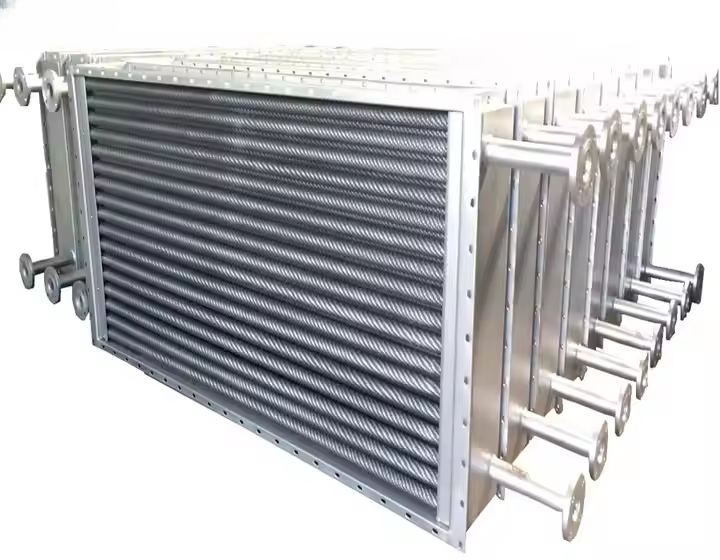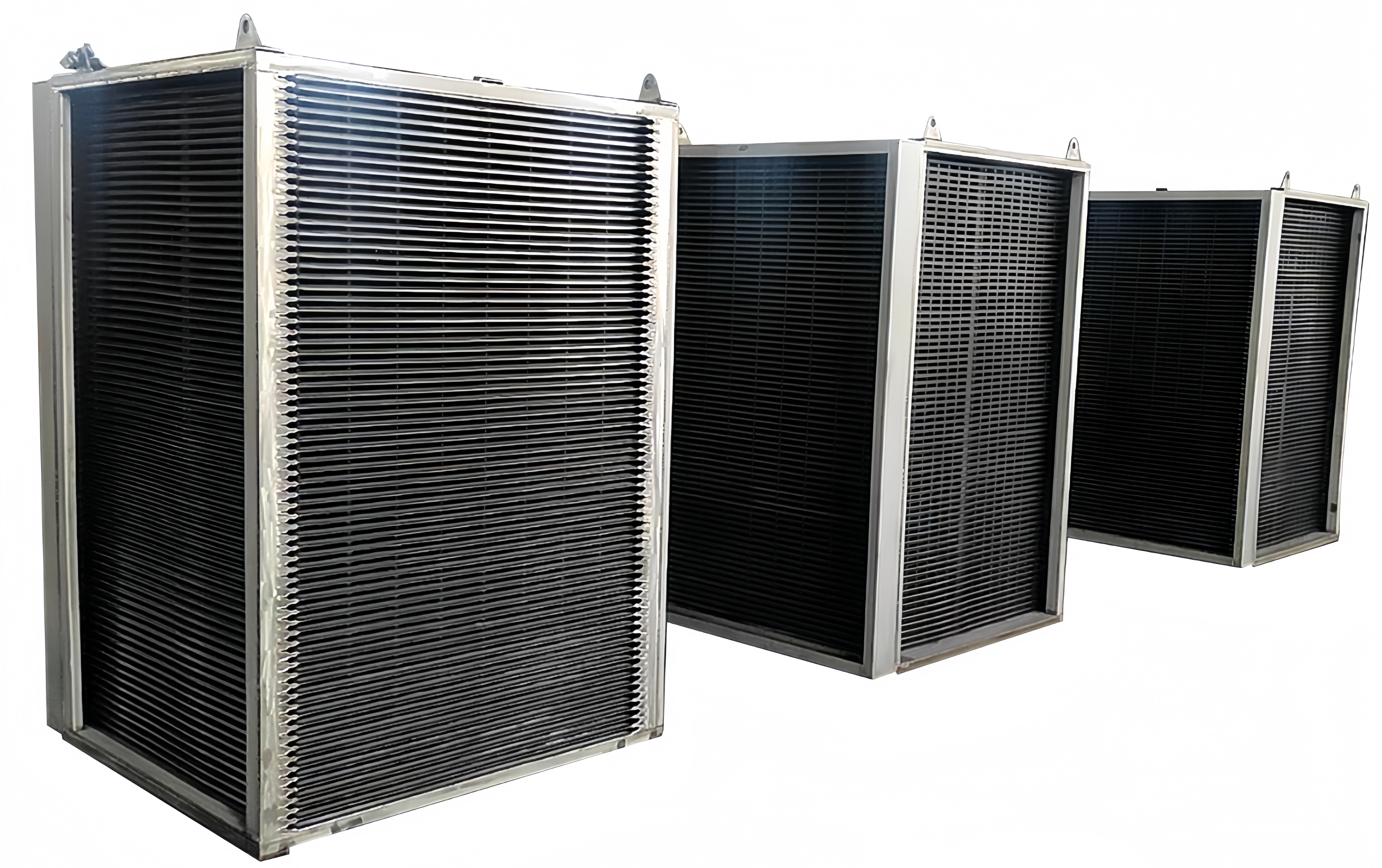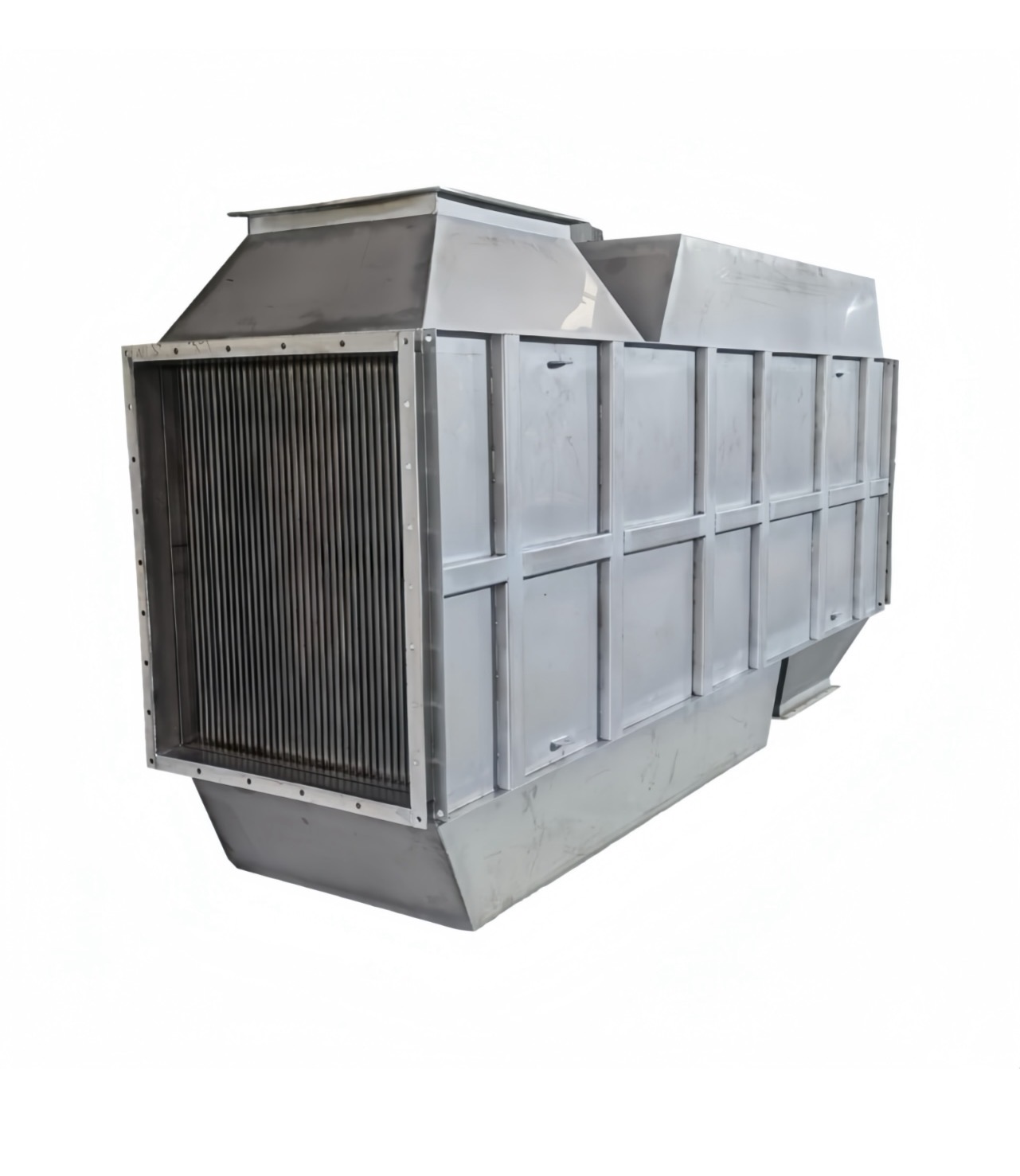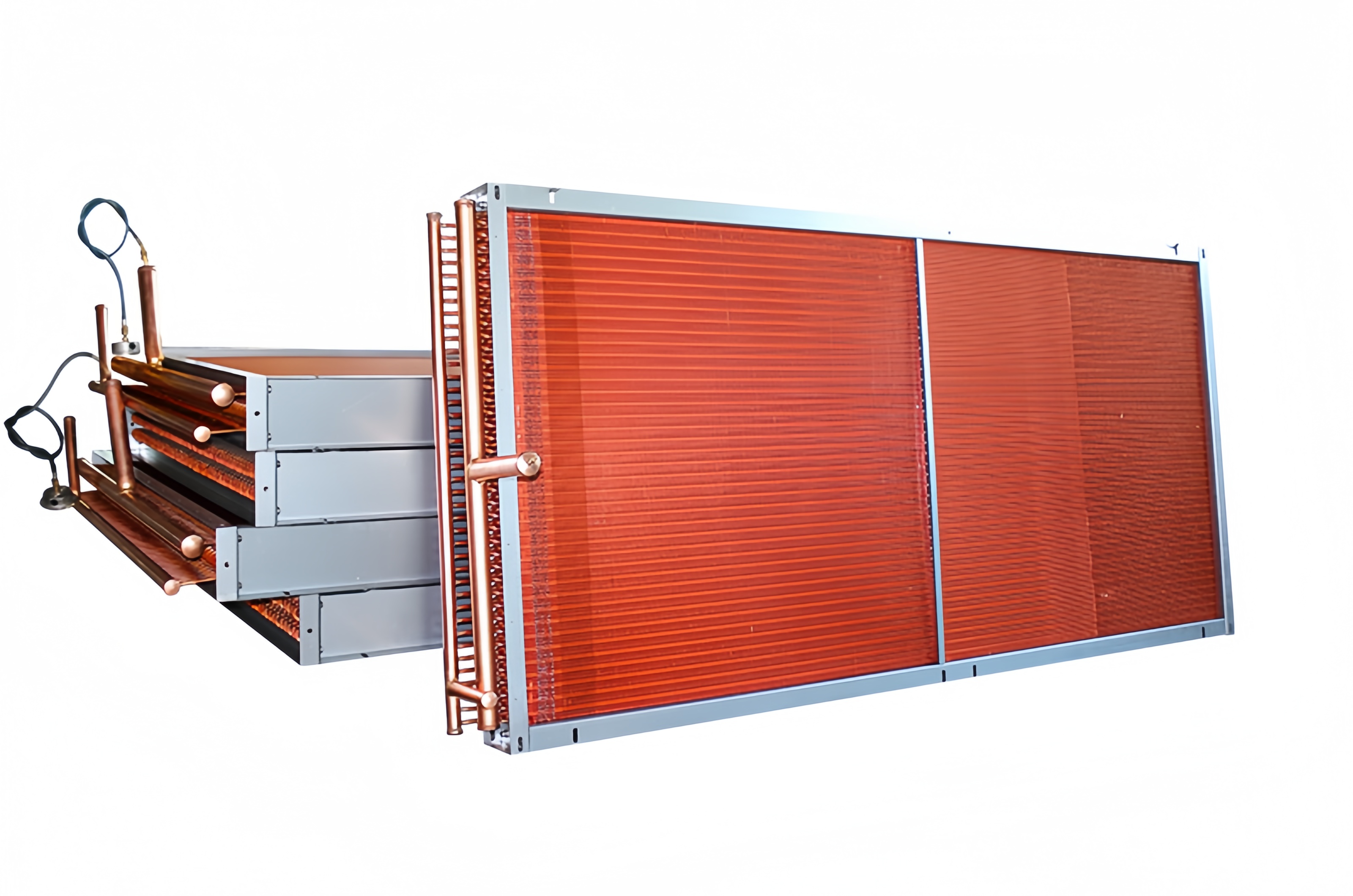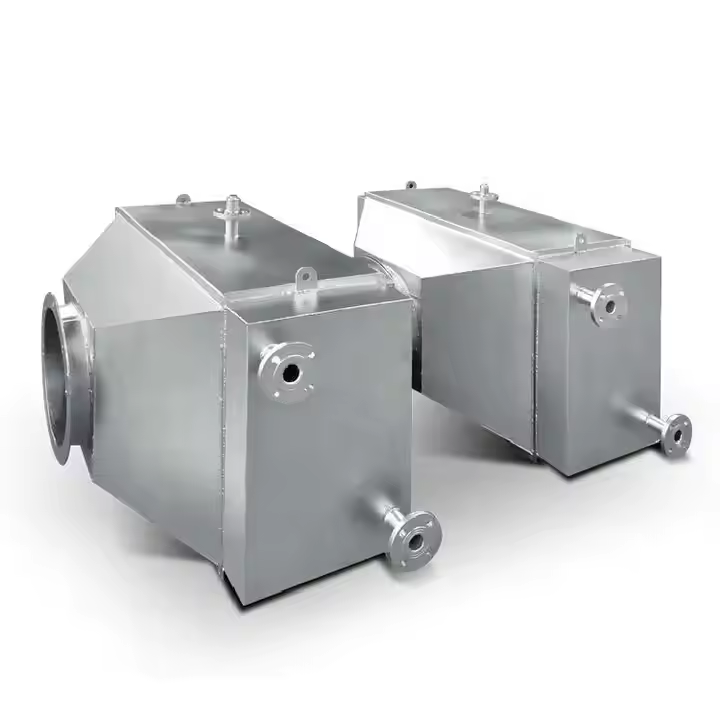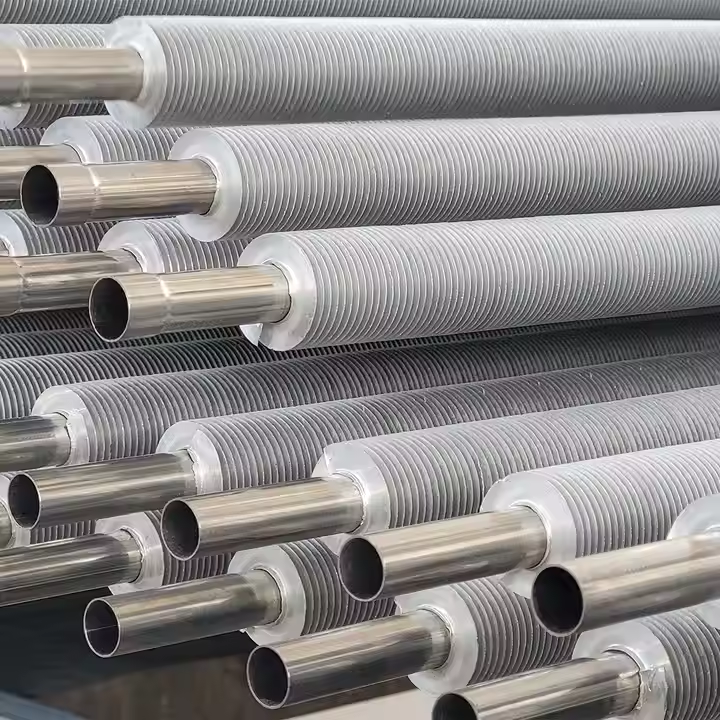Introduction to Finned Tube Heat Exchangers
Finned tube heat exchangers are becoming increasingly vital in the realm of oil and gas heat exchangers, particularly due to their unmatched efficiency in enhancing heat transfer processes. These exchangers employ finned tube technology, which is designed to amplify the surface area for heat exchange, offering superior performance in industrial and commercial settings. This optimal heat transfer solution is pivotal in oil and gas thermal equipment, where high efficiency and reliability are paramount.
Comparison of Technologies
When comparing finned tube heat exchangers to traditional heat exchange technologies within the oil and gas industry, several contrasts emerge. A notable difference lies in the design and functionality. Finned tube applications in the oil industry significantly differ from plate exchangers, given their unique structural components that improve efficiency in heat dissipation. Finned tube exchanger designs focus on maximizing heat transfer solutions for oil and gas by using robust welded finned tube heat exchangers. This design variability ensures adaptability to varying industrial finned tube exchangers configurations, providing tailored solutions across diverse operational conditions.
Efficiency and Heat Transfer Solutions
In the competitive landscape of oil and gas processing equipment, selecting the right technology for heat transfer remains key. Finned tube heat exchangers offer efficient heat transfer solutions for oil and gas industries by enhancing the overall heat exchange capability without compromising on reliability. Additionally, this technology, when aligned with options like oil and gas heat exchangers, promotes energy conservation, crucial for cost-effective industrial processes.
The high-efficiency plate air heat exchangers further underscore this commitment to efficiency. Reflecting a thermal efficiency range of 60-90%, these devices ensure not only a reduction in energy consumption but also improve air quality by preventing cross-contamination in industrial settings. Their ability to handle wide temperature ranges between -40°C to 200°C complements the demands of oil and gas operations, positioning them as a favorable alternative to more conventional models.
Conclusion
The integration of finned tube heat exchangers into oil and gas thermal equipment highlights a shift towards more sustainable and efficient practices. With the technological advancement seen in products like the plate air heat exchanger, the industry benefits from improved energy efficiency and reduced operational costs. As industries progress towards energy optimization and sustainability, understanding the impacts and benefits of finned tube heat exchanger design will continue to play a crucial role in evolving processing capabilities across the globe.

